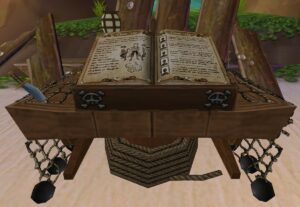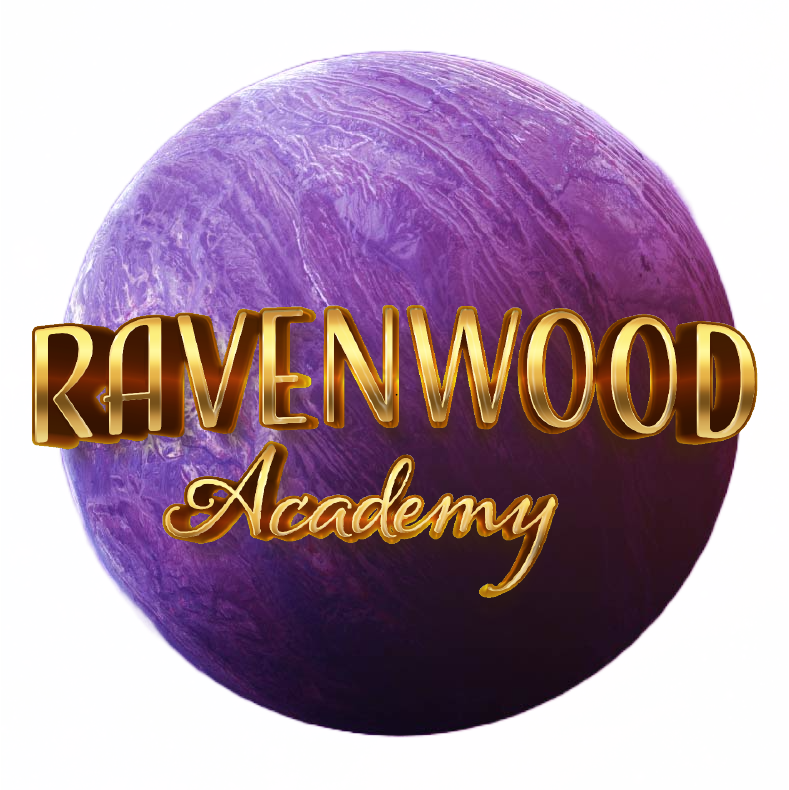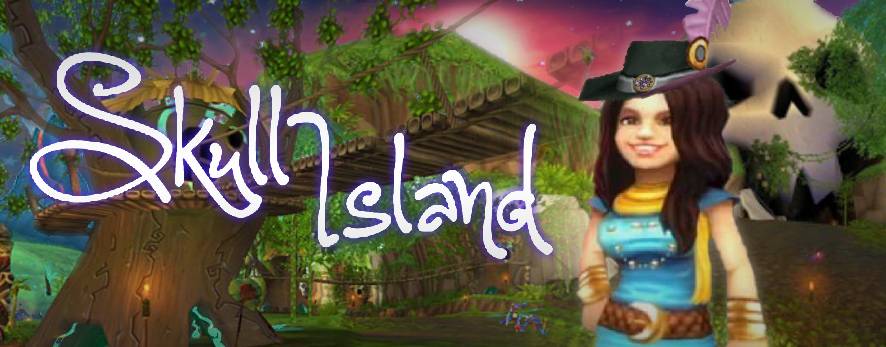
Somewhere in the Spiral, there’s a refuge for young pirates, orphaned when young who have turned to a life of crime. Marked by skull-shaped mountain, there is danger and treasure lurking all throughout the island region. Whether it’s hoodoo, dueling, brawling, treason, or smuggling, pirates ally with Captain Avery for their own safety and a large cut in the treasure of Captain Gold.
Main Theme
The pace is set immediately with a waltz-like rhythm with the percussion and quacking trumpets. The mood gives us the feeling that something is off, there is a mystery at hand and we’re just the pirate to look into it. This vibe continues as it moves into a 12/8 section 00:12 seconds into the piece, which means there’s three notes per beat. We are given one of the main arpeggios used throughout the soundtrack of Skull Island.
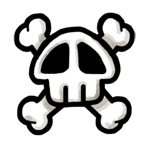

The arpeggio sets up our next section 00:20 seconds in, as the brass features the melody. We also carry over crescendoing chords sustained in the horns from the previous section. The harp twinkles down as the melody passes onto the low reeds, giving a dark and damp feeling, reminiscent of the sewer-like passages within the Skull Mountain.
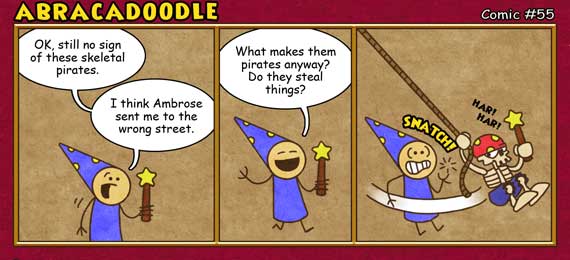
The climax of the piece comes in at 00:52 seconds. We are no longer in a mysterious minor key, but now an adventurous major key. The violins stir the excitement on their high strings as the oboe plays the melody. The low voices crescendo as the piano strikes along on the downbeat. The resolution drives us forward with a feeling of hope in our adventures as a pirate.
We move on to a clambering call and response from the ensemble before a joyous celebration, alluding to Celestia’s crab march with the castanets and xylophone.
City Theme
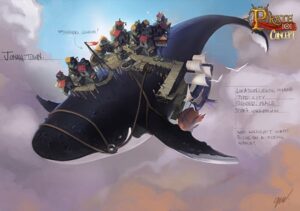
The mood of this piece is serious. Unlike the spookiness, joy, and film-like nature of the other pieces, we begin with a fife- like military march with flutes and drums. After the strings play the main melody, we move into a major key at 00:39 seconds. The strings play rolling hills of arpeggios as other strings instruments accent the first note of each bar.
As the violins descend their quick sixteenth notes, the dynamic of the piece raises and adds in with more instruments. Percussion notably accents the first beat of each bar along with the strings section. After a cymbal roll, we begin a waltz with the brass. The low brass and plucked strings keep the time as the horns play the melody, eventually passing to the accordion.
We enter a new, flourishing section at 1:17 as the brass sustains the chords as the quick violins play speedy figures. The fife adds in to the violins to accent their melody. We end the phrase in a dissonant cluster that seems to be magically cleared by the flute’s ascending glissando.
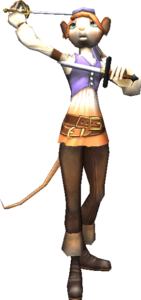
Skyway Theme
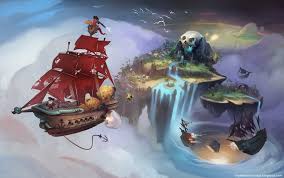
The Skull Island Skyway Theme is a stark contrast to the other pieces. It is bright and joyous and begins with a fanfare, compared to the damp textures the other pieces convey. There is a certain kind of silliness to the piece, like a young child earning their sea legs.
The melody gets passed around from instrument to instrument, taking turns with the texture. Along with that, there is notable hemiola. A hemiola is a complex rhythmic figure where two groupings of three notes can be played as three groupings of two notes, which gives the piece syncopation. A famous hemiola is “America” from West Side Story.
Haunted Theme
The mood of the piece is established right away with the bass end of the piano, swaying back and forth between the notes. Notice how on the harp part, it develops the main arpeggio I pointed out earlier. Also take note of the how the horn pitch bends downward, also like the Main Theme.
This change of mood and instrumentation is what enhances a story. By developing the music along with the story, the music becomes more complex by giving itself a narrative to follow.
Vaguely like Stravinsky’s The Firebird, we hear the piano and horns play an aggressive melody before the tension breaks with a hauntingly beautiful waltz. The music fits well with the original story of Lasko, Manny, Mo, and Jack who were Ratbeard’s poisoned crew mates, murdered by Ratbeard himself. Lasko wanted his crewmates to have their final wishes before being released to the afterlife and one of them wanted to return a locket to their lost love.
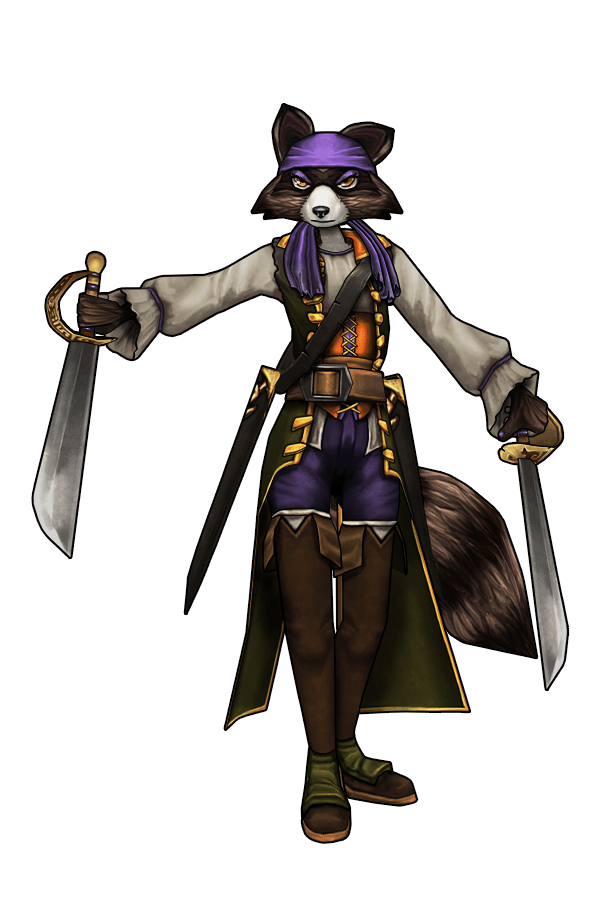
Jungle Theme
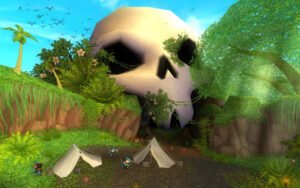
The very first bit we hear in the music is the brass pitch bending upward rather than downward, developing a motive we’ve heard in previous pieces. As the brass starts the chord progression, the harp comes in with the arpeggio motif at 00:09 seconds in. This pattern continues as the bassoon comes in with a new idea 00:36 seconds into the piece.
The musical content is layered into the texture while the harp plays a new idea as an ostinato or repetitive figure. The percussion bangs away on the drums, representing the idea of danger in the jungle. This leads to the eventual arrival of the horn taking away the melody. The low strings heavily approach a new ostinato, replacing the melody. The harp and voices add-in, trading off the strings for the brass to lead the orchestra back to the beginning.
Thank you, Starlights, for venturing through the music of Skull Island with me. Have a wonderful night.
Disclaimer
Please note: I transcribed the music from the original/classic mode music scrolls. Not all of my transcriptions are 100% accurate, but they are close and the rhythm is properly notated
